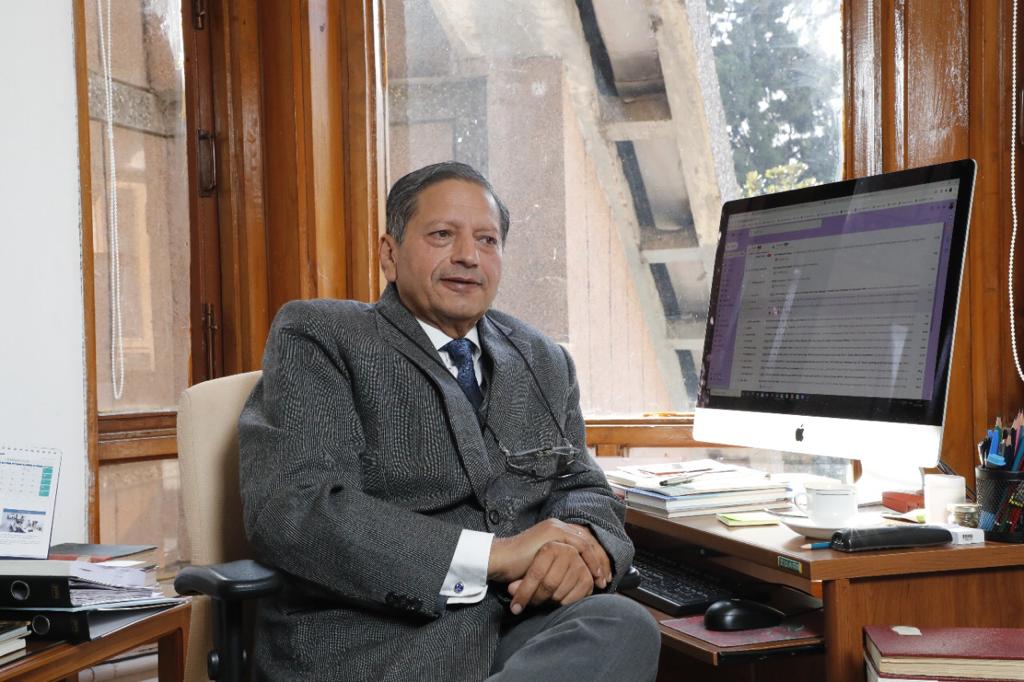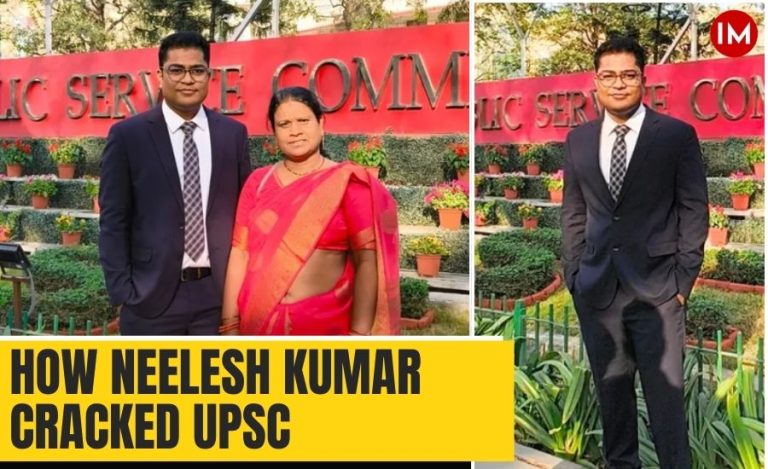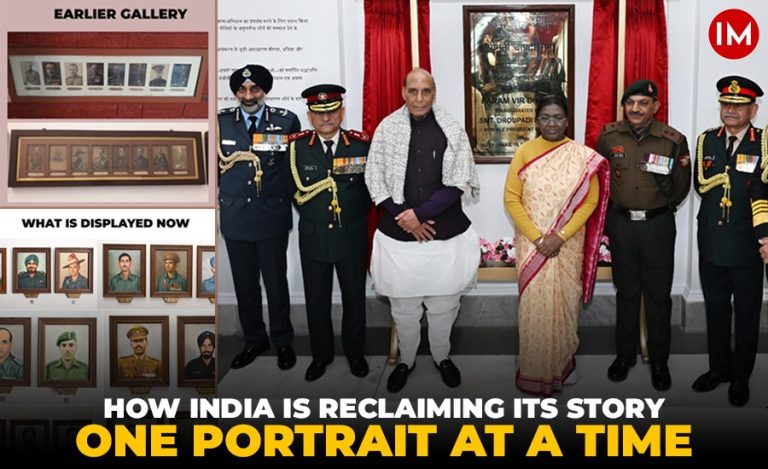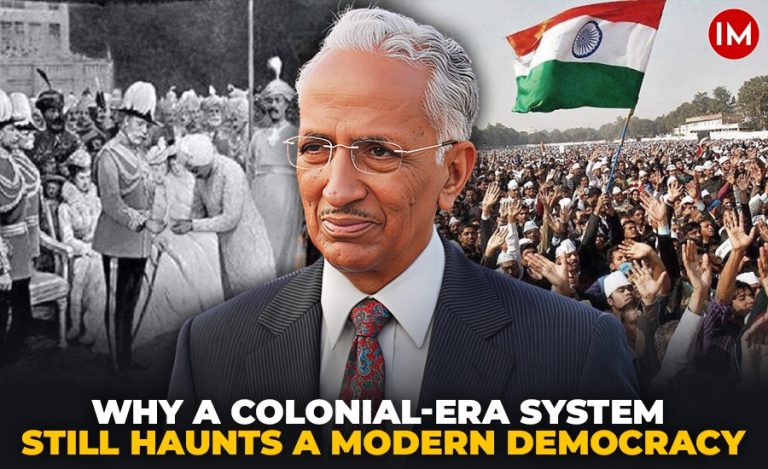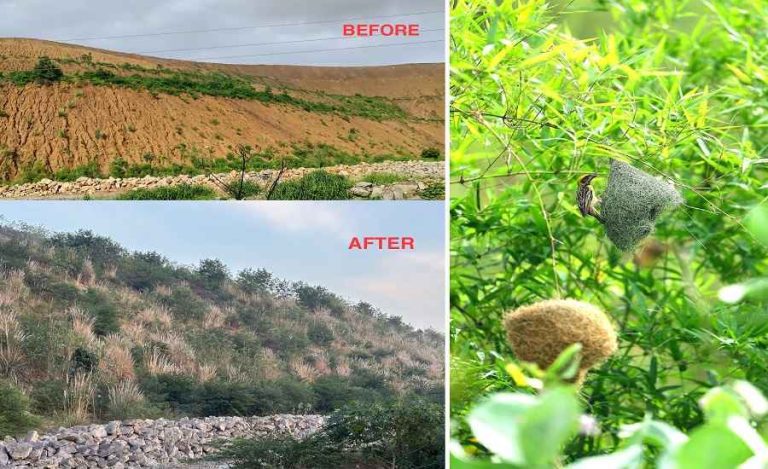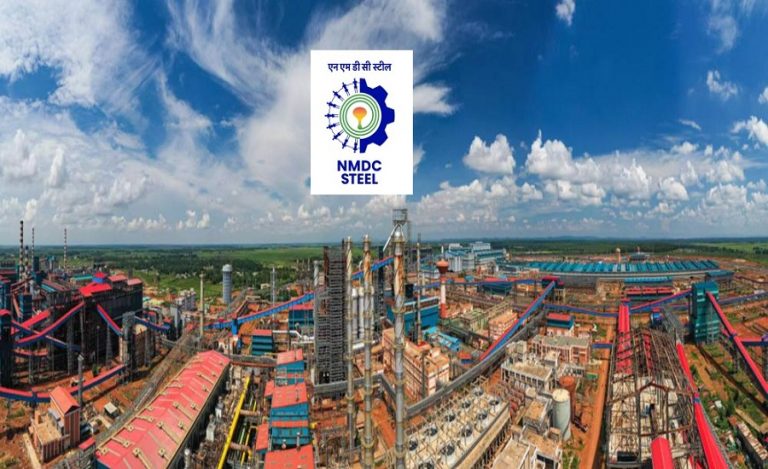This is a long overdue review, for while I had to listen in and discuss the main arguments in this scholarly tome ‘Founding Mothers of the Indian Republic: Gender Politics of the Framing of the Constitution’ by Achyut Chetan at several discussion forums, only last week, I delved into a more profound reading of this text. The work has been extensively quoted in Manoj Mitta’s Caste Pride which recently won the VoW English non fiction award for the current year, and extracts from Chapter V Writing the Rights: Inscribing Constitutional Morality were part of the reading material on a workshop organized by the Centre for Gender and Child Rights at the LBSNAA.
The context for the work is set in the Preface, where after explaining the distinction between ‘will’ and ‘consent’, Chetan writes ‘women’s engagement in the three year long framing process, in times of great turbulence that generated compelling ethical questions can only be understood if sufficient attention is paid to the specific context in which they made their enunciations during the making of the Constitution. It is through the dynamics of will, consent, and frequently enough, dissent that women members carried the feminist movement through and beyond the Constituent Assembly’.
However, the fact is that most commentators on the Constitution – from Granville Austin to Subhas Kashyap, Fali Nariman and Uday Singh Mehta – have not given much agency to the founding ‘mothers’, for the discourse is all about the founding fathers. Asks Chetan ‘is it because of an a priori understanding that their roles were negligible and hence unworthy of attention? Was it understood that these token women had managed to gain membership of the Constituent Assembly, not by virtue of their ability, but solely because of the benevolence of powerful patriarchs?’
Before going into the seven chapters in the book, let me ask – how many founding mothers were there? While many websites refer to fifteen members of the Constituent Assembly, others point to the eleven whose signatures are appended in the Constitution. Chetan’s book clarifies that in its initial election, the Constituent Assembly had fifteen women members, four of whom – Malati Choudhary, Vijay Laxmi Pandit, Begum Jahanara Shahnawaz, Leela Roy and Begum Shaista Ikramulla – resigned from its membership at different stages while Sarojini Naidu breathed her last. Ironically the seats of Sarojini Naidu, Vijay Laxmi Pandit and Malati Choudhury were filled by men. Two women, Renuka Ray and Anne Mascarene, were elected in the middle of the session, and together with Ammu Swaminathan, Dakshayani Velayudhan, Begum Aizaz Rasul, Durgabai Deshmukh, Hansa Jivraj Mehta, Kamla Chaudhry, Purnima Banerjee, Sucheta Kriplani and Rajkumari Amrit Kaur – this was the sorority which gave voice to the largest minority constituency in the country. Thus, there were a total of seventeen women who were elected to the CA. It was they who cobbled an intersectional alliance with B.R. Ambedkar for the realisation of social revolution. They shared his sceptical attitude towards the romantic celebration of Indian culture which is deeply anchored in the Brahmanical patriarchy. As early as 1932, Amrit Kaur, a prominent founding mother of the Constitution, asserted the women of India were no longer willing to submit to standards, whether local, political, or ethical, which had been set for them by the male conscience of the community. Flavia Agnes points out that there was ‘a marked absence of discussion about the UCC for women… the overarching concern of the founding fathers was the formation of the new nation state, and its smooth governance’
In Search of the Missing Mothers (chapter 2), we get to know the details about the working of the All India Women’s Conference (AIWC) to which most ‘mothers’ were affiliated, and also about the contribution of Dakshayani Velayudhan, the only Dalit member of the CA, who was not a member of the AIWC. Dakshayani deserves special mention: she was a Malayali in Madras, a female as well as a Dalit, and opposed to the politics of Dr BR Ambedkar. Many prominent Harijan leaders wrote letters of protest against her nomination to both Nehru and Patel. One woman who should have been there–but could not – was Kamala Devi Chattopadhyaya as the Socialist party refused to join the CA, but she collaborated with other women members, especially on the issue of Indian women’s charter of rights and duties. The section ‘the indispensability of biography’ (pages 62-69) makes for fascinating reading about the remarkable personal lives of these exceptional women.
In Women’s Moral Imaginary and Constitutional Politics (chapter 3), we begin to understand the historical location of the women’s charter – starting with the landmark 1931 Karachi resolution of the INC. We also learn (from the memoirs of Kamaladevi Chattopadhyaya) that the draft of the fundamental rights resolution which were later incorporated in the Constitution was the work of Nalinakshi Sanyal ‘an active youth worker of Bengal’, and not MN Roy as the popular narrative goes. The contribution of Hansa Mehta in ensuring that the word ‘men’ in the UDHR was replaced by ‘human being’, has now been acknowledged as a major corrective to a patriarchal mind set.
In patterns of participation (chapter 4) the role of Hansa Mehta and Amrit Kaur in the Advisory Committee on Fundamental Rights, of G Durgabai on the Steering Committee and the Rules Committee comes to the fore. Amrit Kaur also represented the Chrisian community. Even when they could not influence the majority decision, they wrote notes of dissent against decisions which relegated the UCC to the non-justiciable rights, free practise of religion and conscription for military service
It is also interesting to note the position of Dakshayni Velayudhan on criminalising the act of untouchability. She spoke of the responsibility of the state, rather than the culpability of the offender when this Constitution is put into practise, what we want is not to punish the people for acting against the Law, but for the state to take on the task of educating people for a transformation.
In the fifth chapter, Writing the Rights, we get an idea of how entrenched the patriarchal mindset was, for in the conservative opinion, women were ‘mothers and girls’ who needed to be protected to protect the nation’s civilizational values. Thus, Lokenath Mishra worried about a future where ‘women claim freedom and equality in all respects, and thereby become competitors and rivals to men, I am sure that will be an end to our civilization on which we have been living all these years’.
Reformulating the Woman Question (chapter 6) best explains the struggle for a uniform civil code from a woman’s perspective. We know that on this issue, Ambedkar was quite keen to formulate a code to replace the extant laws which were based on the colonial reading of Shastric injunctions. Asked Hansa Mehta indignantly: Do we wish to continue with the rigidity of the caste system? Do we wish to trace our ancestry to the ancient Rishis and continue the Gotra myth … law must help, not hinder social progress … we must work to evolve a common code which will bring all the communities of India into one-fold. India had to wait for several decades before the succession rights for women in agricultural property were allowed after the Hindu Succession Amendment Act (HSAA) 2005 removed gender-discriminatory provisions from the Hindu Succession Act, 1956. It gave women legal equality in inheritance rights over all property, including agricultural land.
The last chapter After The Framing talks about the rights of a housewife (now called homemaker), expresses reservations about the increasing tendency of centralising of power at the expense of the states, a new role for the AIWC, labour and economic reforms with equality and equity for both genders, provisions for women headed households, especially among the SCs and STs.
The Conclusion – Remembering The Founding Mothers, is a review of the first twenty-five years of the working of the Constitution. Based on ‘Towards Equality’, the report published by the Government of India is now a foundational text for feminist research and practice. Chetan however critiques the report for failing to understand and acknowledge the work of the pioneering mothers in the framing of the Constitution. It ends by these two very powerful sentences ‘to think back through our mothers is not a choice, but an imperative. The book is an invitation to unforget them’.

